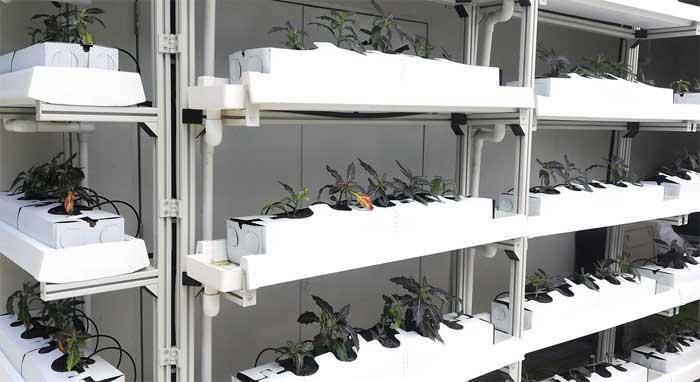Singaporean culture celebrates food. In this cosmopolitan city-state, you can find a myriad of hawker centres, cafes and fine dining restaurants which fuse together the many cultures that call this island home. You'll often be asked “have you eaten?” in lieu of a greeting, and in this city humble street food sellers are awarded Michelin stars.
Despite Singaporean's love of food, historically the same focus hasn't been given to where ingredients are produced. Due to the extreme space constraints on the island, 90% of Singapore's food is imported into the country. This has created a lack of connection between the ingredients used and their origin.
However, this connection is slowly being forged. In the last five years, locavorism has spread across Singapore. The worldwide movement champions locally produced food, encourages people to consider where their food comes from and think about its impact on the planet. Despite the population still being dependent on imported produce, there are now over 1,000 different community farm projects on the island - many of which have sprouted up in public housing estates - and countless new agricultural businesses.
A key part of this change is due to Singapore's chefs. A growing group of local and international chefs who call Singapore home are outspoken advocates of the locavore movement and celebrate the Singaporean produce they use. The message they send to fine dining fans is that local is best, which fights against the common Singaporean perception that produce from the city is of poorer quality, and that ingredients from Australia, Japan and Europe are preferable. At Open Farm Community, a farm-to-table restaurant in Tanglin, head chef Oliver Truesdale-Jutras creates their menus by exploring the best produce available on the island: “We go out and visit farms, such as those in Kranji, to see what is good, and then we build the dish[es] from there.”
As well as this, more urban farms are being founded. Fish farm Ah Hua Kelong has worked on the coasts of Pasir Ris and Sembawang for a long time, but recently 27-year-old entrepreneurs Bryan Ang and Wong Jing Kai joined the company, managing it in partnership with the previous staff. Since then, they've worked hard to champion sustainable methods of fish farming and promote it to restaurants around the city. They've now supplied many of Singapore's top fine dining restaurants. Meanwhile, organic farming company Citiponics, led by Teo Hwa Kok, has repurposed the rooftop of a multi-story carpark into an innovative vertical farm. On 164 “growing towers”, the space accommodates 25 different varieties of vegetables and herbs, such as lettuce, spinach, dill and sweet basil.
Despite these successes, finding space to promote local agriculture is still a problem. Singapore is one of the most densely populated cities in Asia, and sourcing places for local growing is a constant challenge. While there are still rural areas in Singapore - in particular Kranji, in the north of Singapore, where Hay Dairies (an organic goat farm) and Bollywood Veggies (a farming collective with an onsite bistro) operate – most farmers have worked on integrating farming into the urban landscape, rather than farming on large plots of land which are often expensive and hard to come by.
This has been successful so far, with many food producers using urban farming initiatives like vertical farming and hydroponics, and the government supporting schemes to grow food in public spaces, like rooftops and common areas in public housing estates. If their innovation of urban farming continues like this, Singapore may well be able to transform the practice of urban agriculture and create a blueprint for other cities around the world.
From the Kranji countryside to the roofs of car parks, Singapore is becoming even more of a “garden city” as it skilfully integrates farming into the fabric of its urban landscape.

